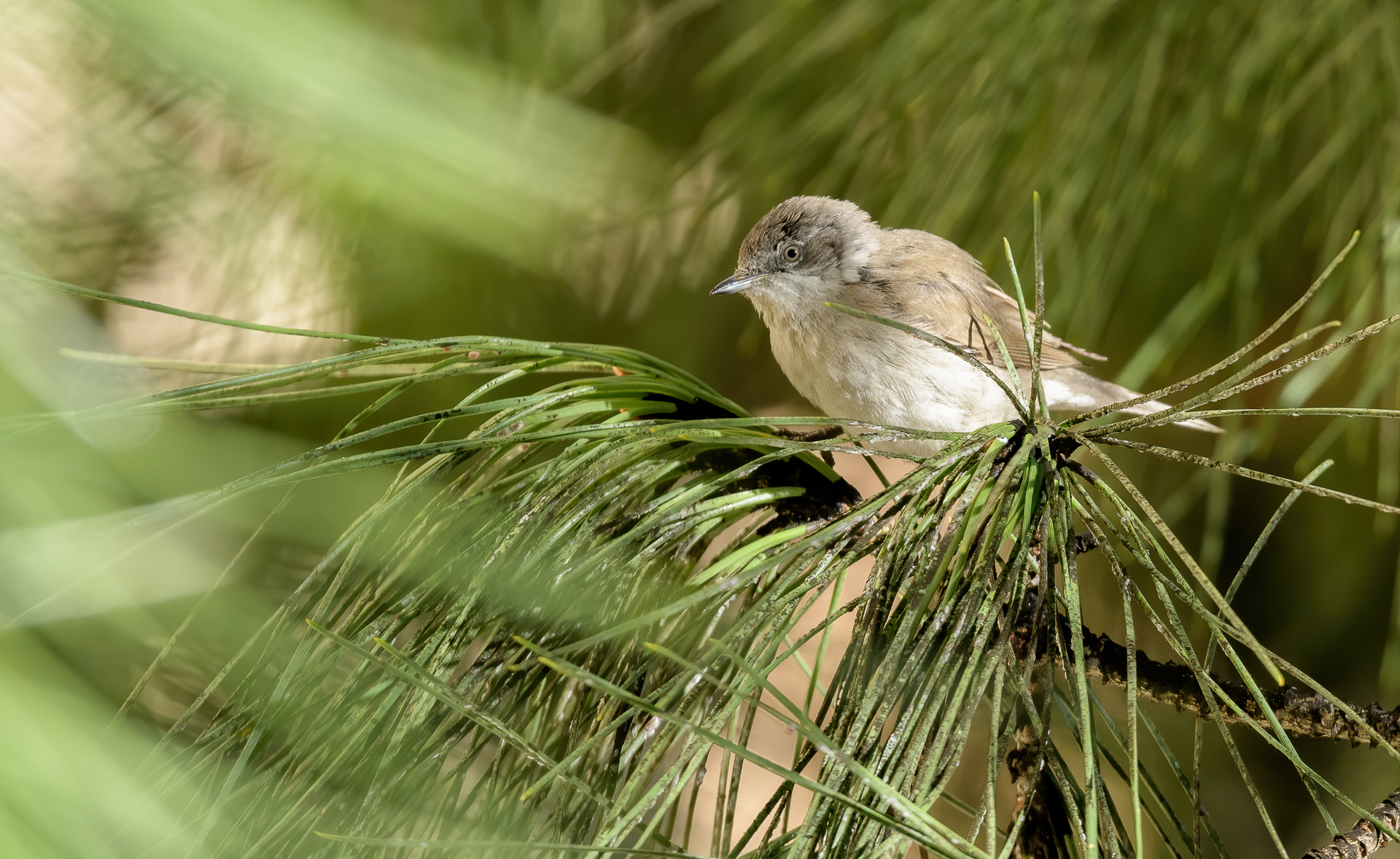Story of a neapolitan pine and its many inhabitants, including a rare wintering Lesser Whitethroat, which it hosted until it was cut down.
Urban greening interrupts the concrete sequence of our cities. Tick, in flower beds, gardens, municipal villas or simple trees along the streets, to contaminate the expanses of glass, iron and bricks of our man-made worlds. It gives us refreshment, fighting the urban heat island, allowing us to sit in the shade reading a newspaper, breathing a breath of fresher and more oxygen-rich air and softening the city landscape with a naturalistic touch.
Sometimes, however, it is seen as a nuisance or a danger: resin and falling leaves dirtying our two and four-wheeled jewels; branches and trees that put things and people at risk. Often the administrations are unprepared for the management of urban greenery and, at the least feared risk, they rush to cut down trees or to practice devastating topping, so we see these old trunks from which tufts of improbable twigs and no more trees with a harmonious development of stem emerge, branches and canopy.

It is often an architectural function assigned to green to completion of the urban project: it is in fact ordered, geometric, colorful and accomplished without ecological considerations. Whether the planted tree species are native or allochthonous is almost never considered an important element.
Instead, urban greenery is a precious refuge and an important source of sustenance for all those species of birds that have decided to colonize cities or, simply, to use them as stop over sites during migrations or wintering period. Certainly articulated greenery, with trees, bushes and lawns, is essential to support these species, but sometimes even a single tree, set between concrete and asphalt, can be a small but important oasis.
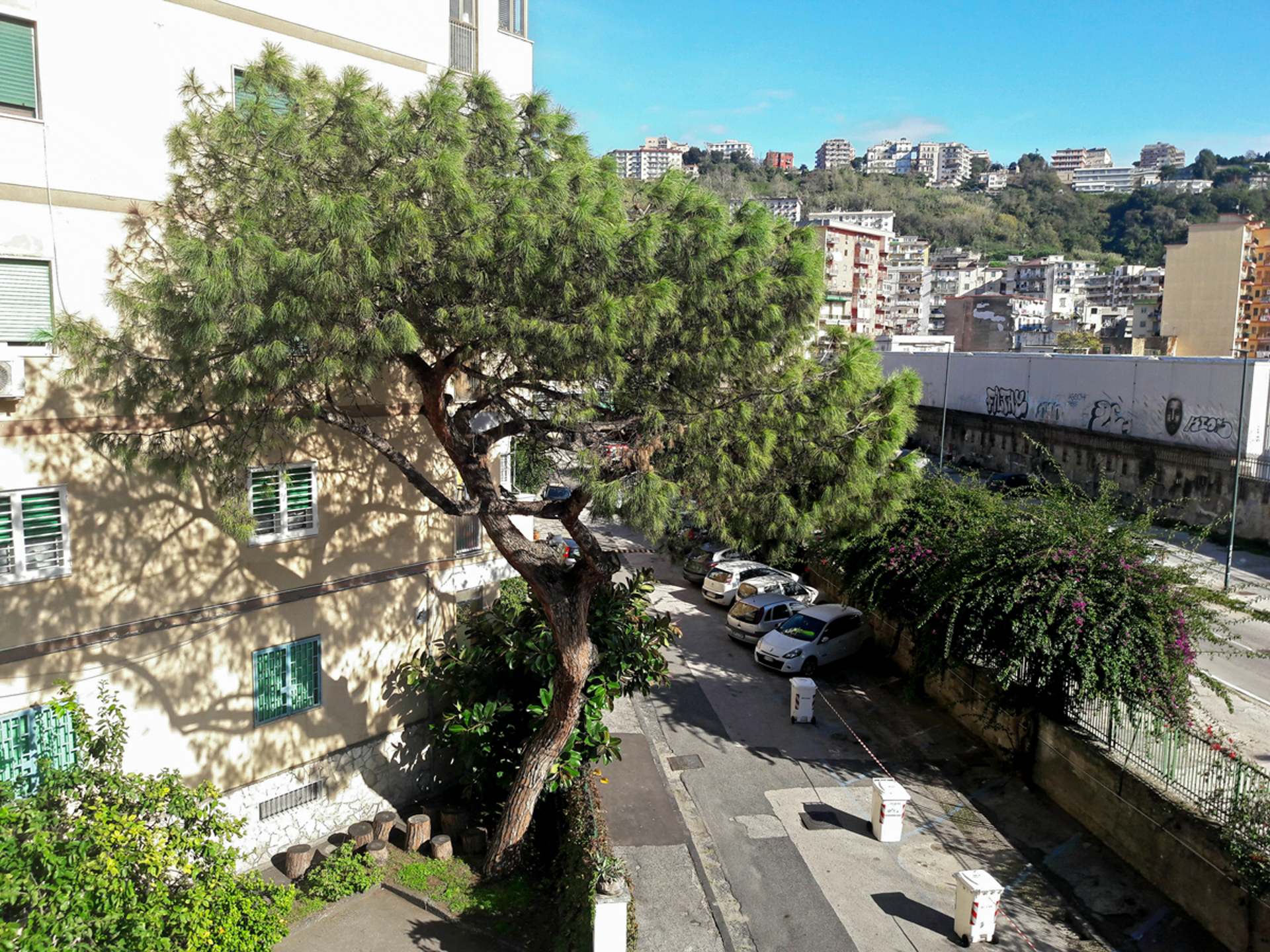
An example is a Stone Pine in Naples, Italy, which climbed towards the sky between two seven-storey buildings. This tree stood far from important green areas, only near other pines like him, among other buildings, and a bougainvillea hedge. Yet, this pine tree has seen many and gave refreshment to many species of birds, becoming a small, microscopic ecosystem. At least thirteen species have frequented its branches in recent years, during the different seasons.
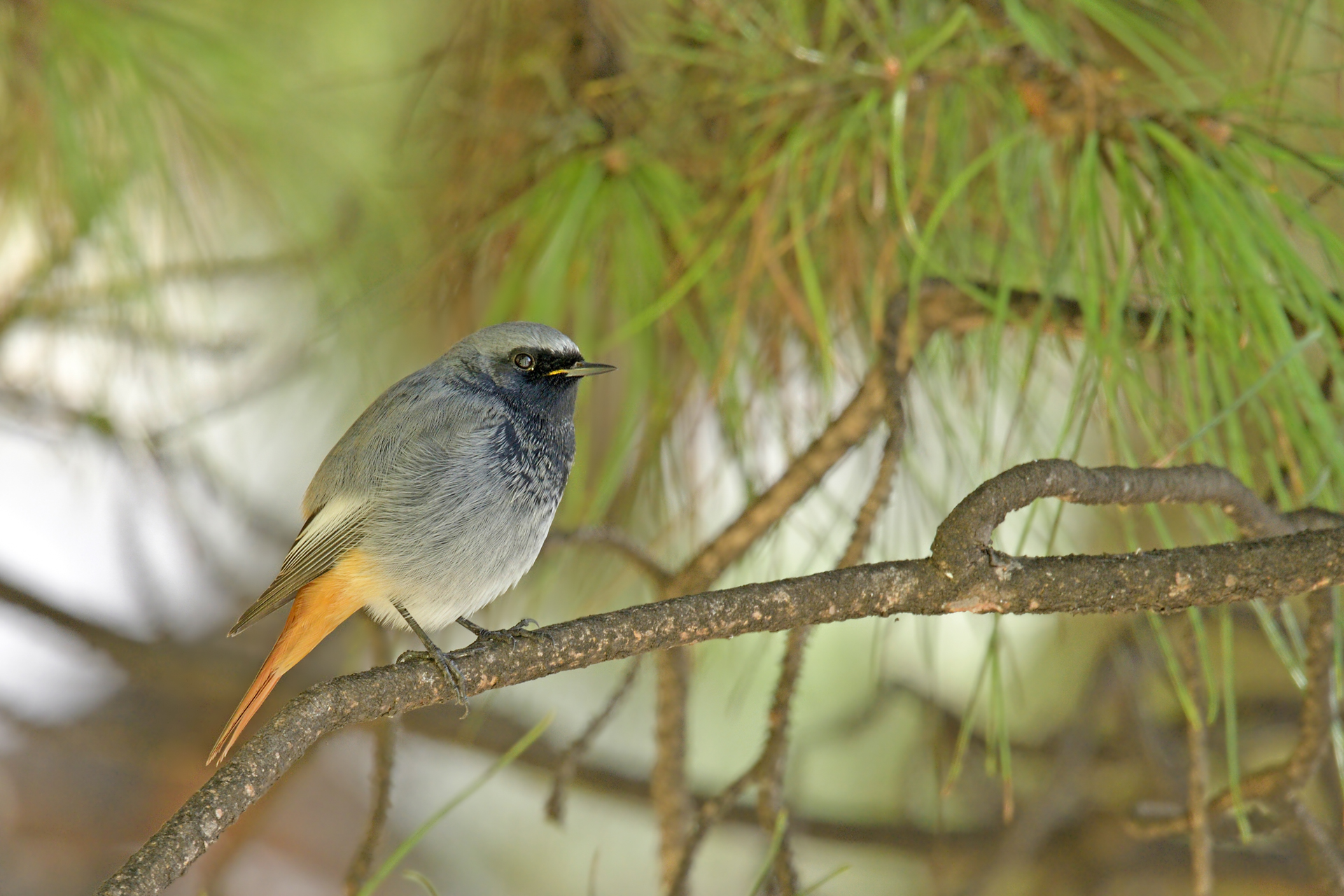
In winter, its branches welcomed the Black Redstarts (Phoenicurus ochruros) and the Common Chiffchaffes (Phylloscopus collybita) jumped from branch to branch “combing” its needles with their bill to feed on mites and small insects, while the European Robin (Erithacus rubecula) sang his harmonic songs from the most exposed points.
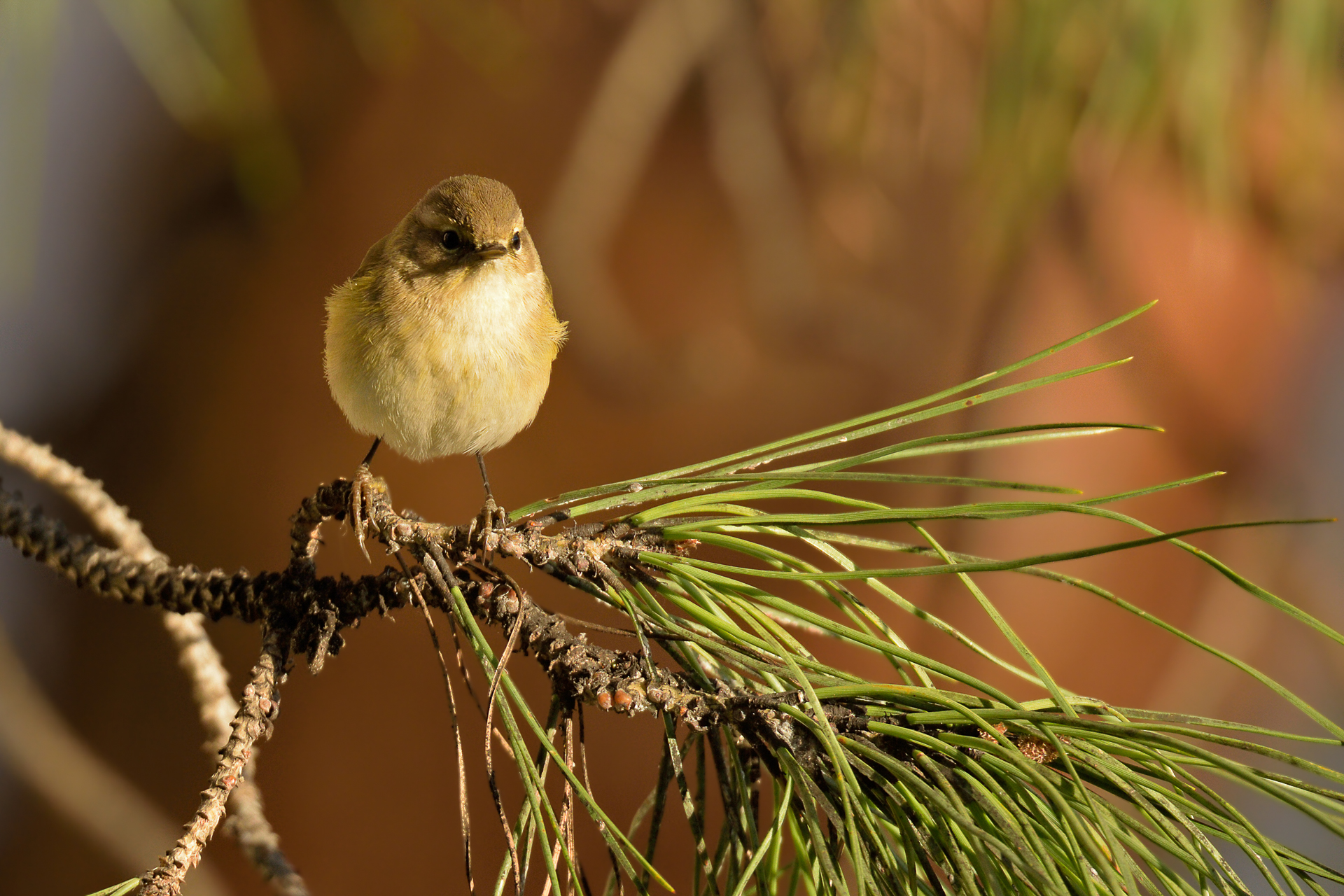
Furthermore, its foliage offered rest and refreshment during the migration months to Blackcaps (Sylvia atricapilla), Common Whitethroats (Sylvia communis) and Western Subalpine Warblers (Sylvia cantillans).
Common Blackbirds (Turdus merula), Italian Sparrows (Passer italiae), Tree Sparrows (Passer montanus), Eurasian Collared Doves (Streptopelia decaocto), Wood Pigeons (Columba palumbus) and Feral Pigeons were its regular guests throughout the year. Just the Blackbird, in spring and summer, performed in his various symphonies that cheered the days. In the summer of 2020, this pine saw the growth of at least two broods of Italian Sparrow and Blackbird.
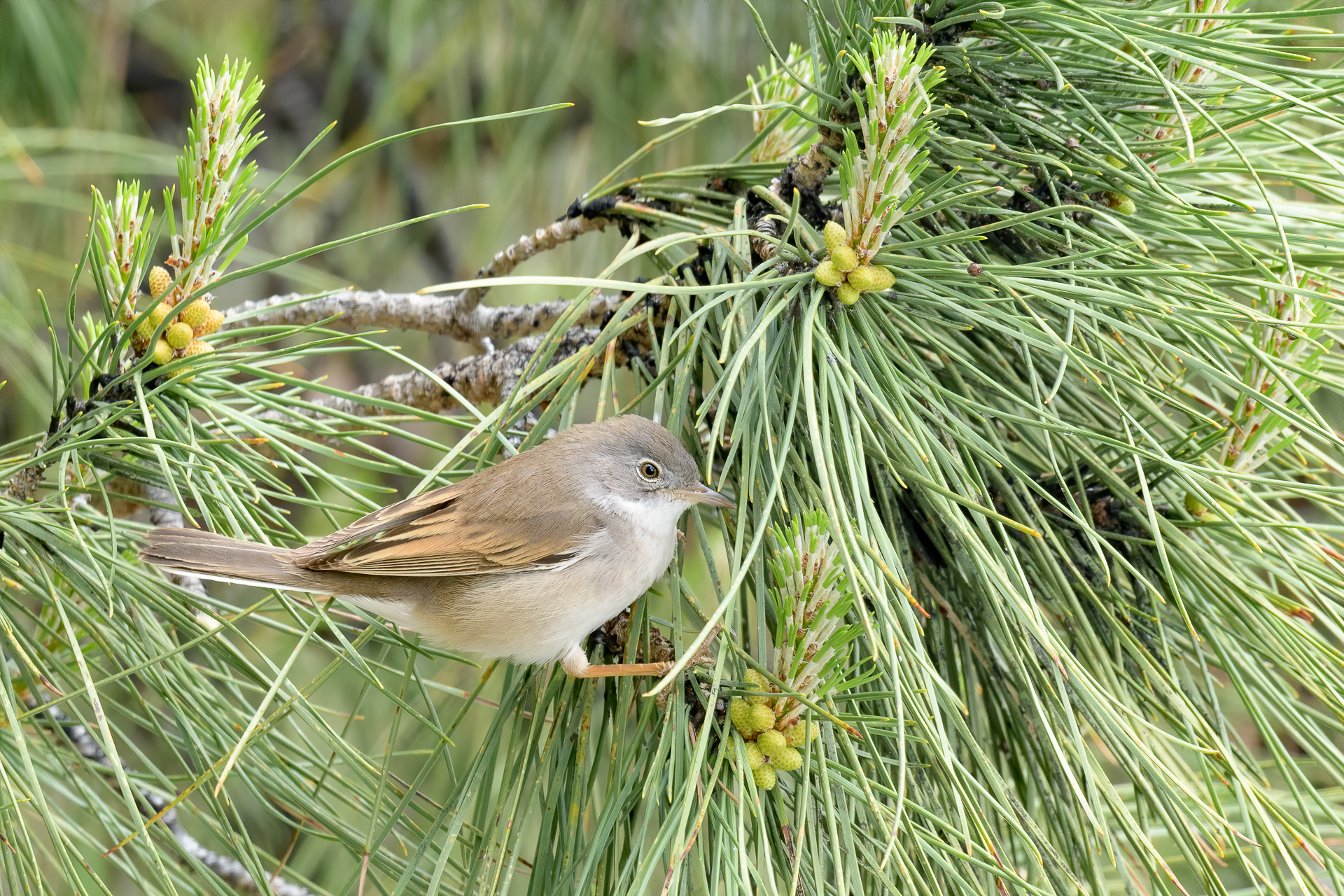

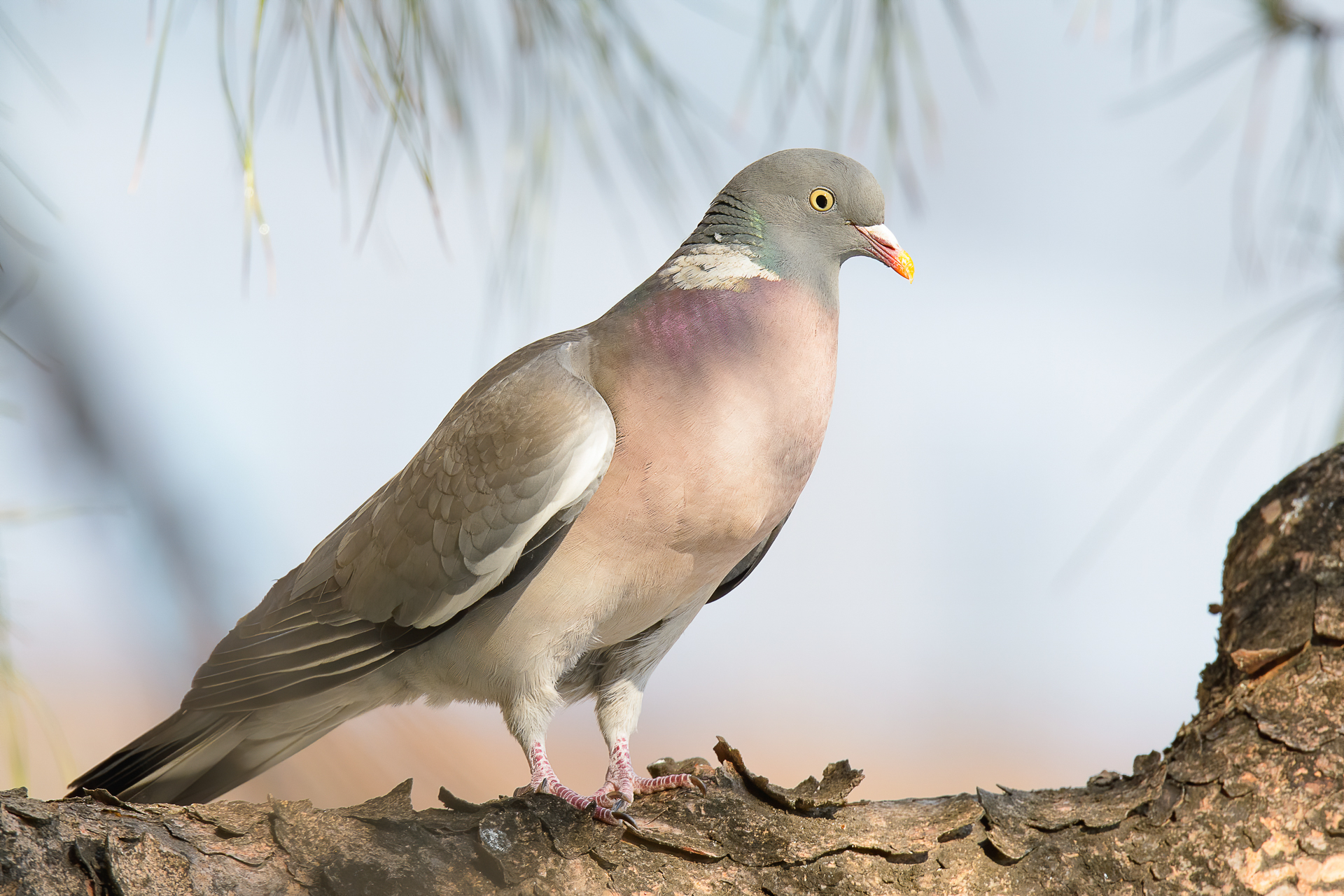
In addition to these species, normal frequenters of urban green areas, this pine condemned to solitude by asphalt and concrete was the setting for one of the most interesting urban observations of recent years in Campania!
In January 2019, in fact, a Lesser Whitethroat (Sylvia curruca) stopped for four days, a Passerine that nests in the Alps in Italy and then overwinters in Africa. This is the only winter report within the regional territory of this species, considered an irregular migratory birds in Campania, and one of the few wintering Lesser Whitethroat in Italy!
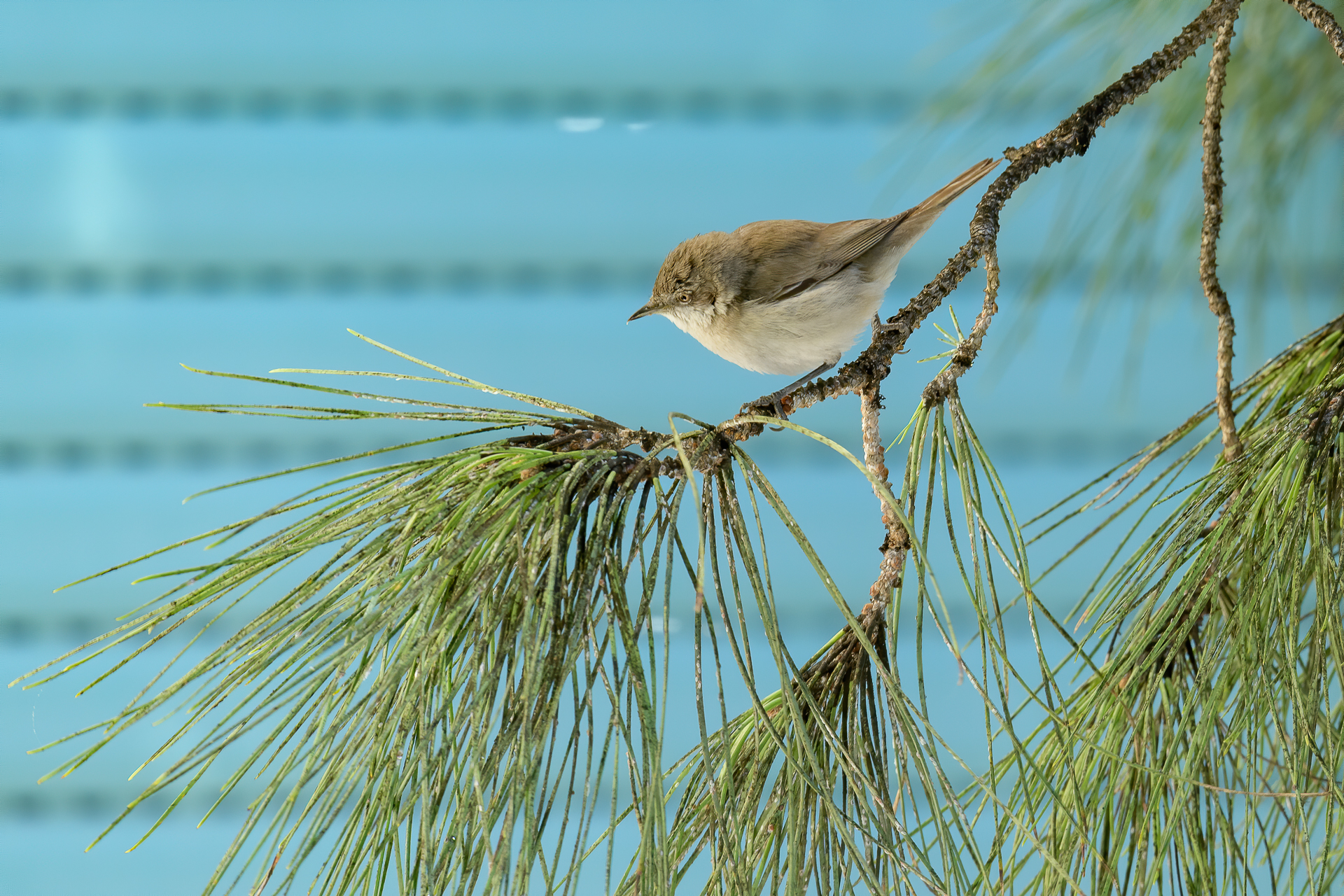
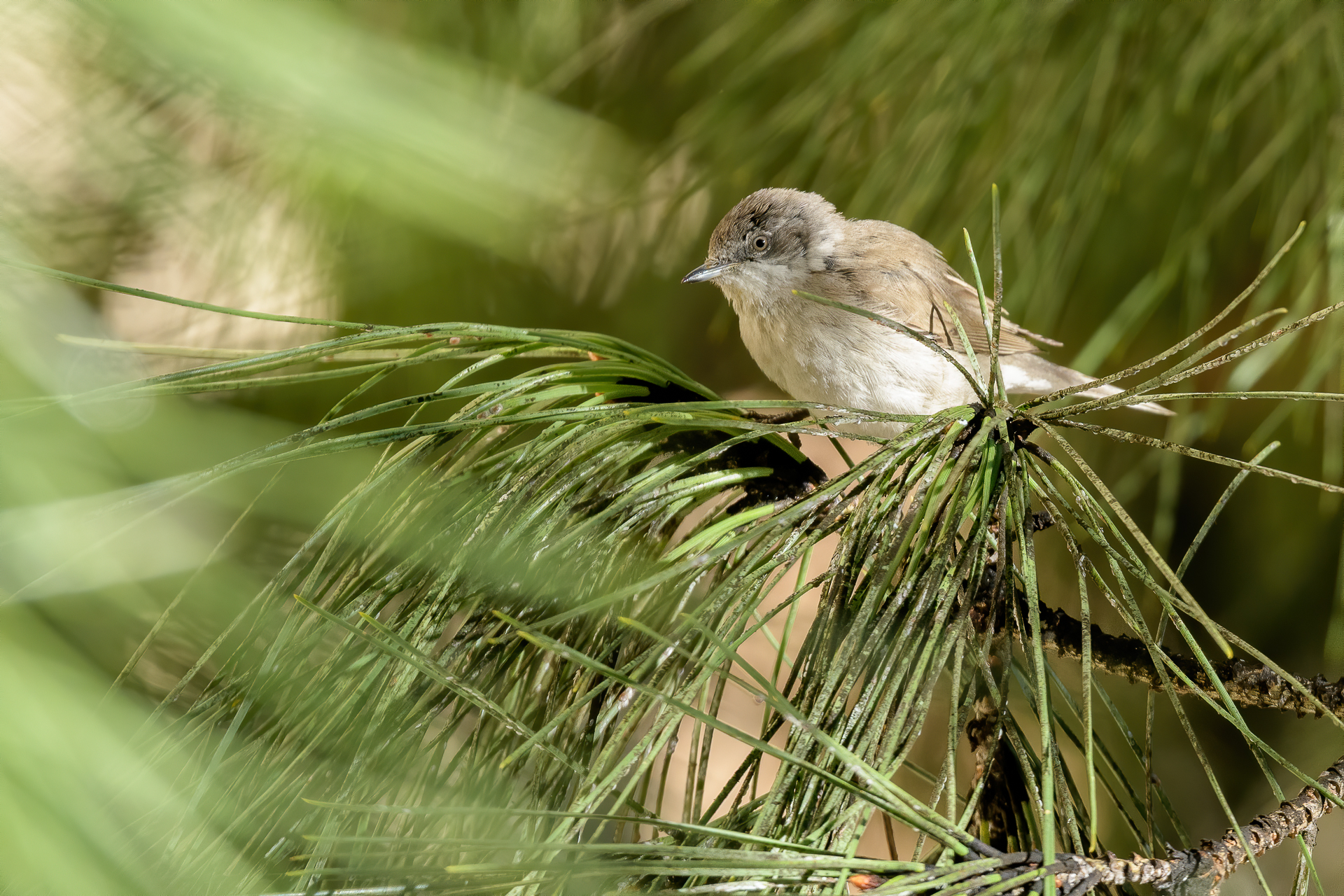
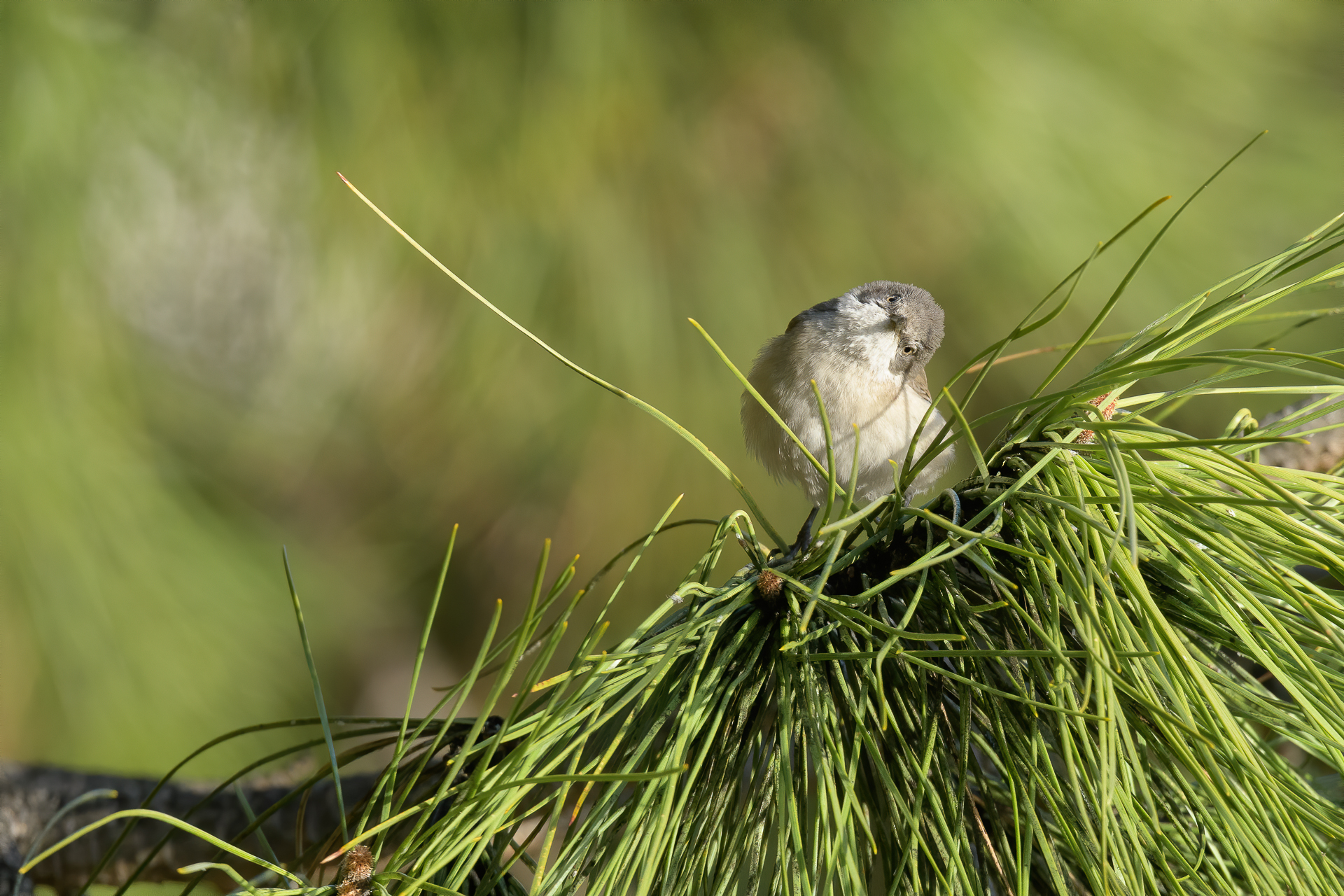
Yes, all this happened on a single pine growing between two buildings: this single, solitary tree played its own silent but important ecological role. But now this pine no longer exists: it has been cut down. He was sick and dangerous, some technicians say. The fact remains that one after the other all the oldest trees fall and, despite the promises, are almost never replaced, impoverishing urban biodiversity.
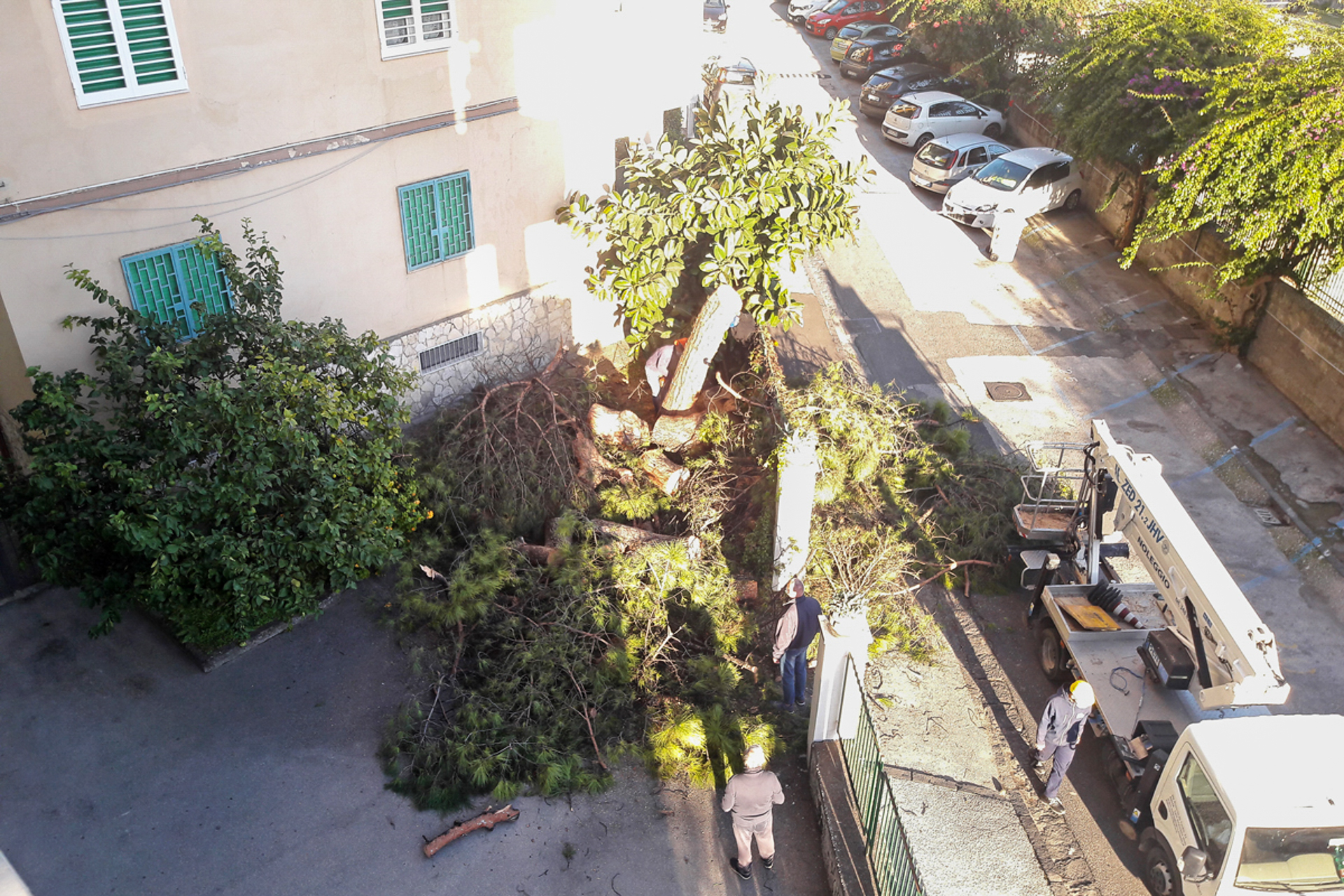
Now there will certainly be fewer leaves and less resin on the ground and the balconies will no longer have the view obstructed by its magnificent foliage. But now it will no longer be possible to hear the song of the Robin and the Blackbird while looking out the window and, above all, the urban fauna, heroic in its struggle for survival, will have one less tree to count on. It is probably time to rethink urban green and no longer see it as a furniture or a problem, but as a real ecological corridor to be preserved, strengthened, extended.
Text and photos by Marco D’Errico

